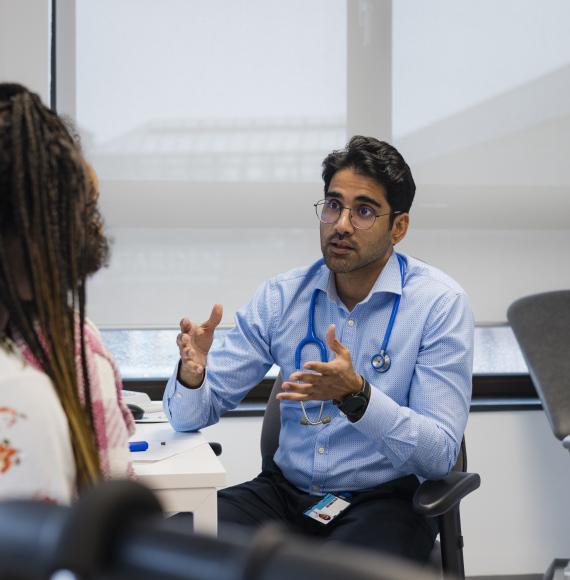Normalising mental health is an essential step to breaking down barriers and ensuring all people across society have both the access to the services they need, and feel supported in themselves to engage with those services.
As Covid-19 restricted our movements and brought additional anxieties to a wide net of people, mental health services were faced with a double-headed challenge: adapting their own services so as to be able to continue uninterrupted under new, necessary restrictions and ensure patients felt safe enough to still engage with the mental health care they might need. For some, that was managed with ease, and for others it proved particularly problematic.
But it also drew attention to another area of the complete mental health care offering: digital mental health services. With the pandemic limiting services’ time and capabilities, some of the strengths of digital mental health offerings came to the forefront – namely it’s remote function and the ability to deliver a ‘one-to-many’ approach for mental health care, rather than just a predominantly ‘one-to-one’ service as was the case for many in-person services still able to operate.
In Episode 16 of NHE’s Finger on the Pulse podcast, we spoke with Dr Lloyd Humphreys, Head of Europe at SilverCloud Health – one of the leading digital mental health providers – to better understand this area of mental health care, it’s surge in use during the pandemic and look towards the future moving forward.
And most simply, for Lloyd, it was key that “we talk not about mental illness, but about mental health, because the universal truth is that we all have mental health”.
In a world where we acknowledge that we all have mental health, which sits on spectrum which can easily shift up and down with daily life, it’s also instantly apparent that, at times, our current traditional mental health offerings wouldn’t be able to meet that capacity. As such, additional tools which can be accessed in people’s own time, as and when needed, can relieve some of this strain.
“People want to access support and help in their own way. Digital is not necessarily the panacea, but rather one part of a package of care which can be offered.
“[With a one-to-many approach] you don’t have a ceiling in terms of efficiency. During some of those months in the initial wave of the pandemic, nearly 30% of all mental health care delivery, in primary care, was being delivered digitally via SilverCloud.”
And that is essential. Making mental health care accessible and open benefits all of society, especially in such unusual times as these. As Lloyd explains, the increase in mental health care need during the pandemic was both expected and perfectly natural – people struggling with their mental health during these times is “a completely normal reaction to an abnormal situation”.
Listen to the full episode with Dr Lloyd Humphreys, where we discuss all this and more in depth. Find out how digital mental health works, how a football match was helping to normalise mental health services and what the future of digital mental health care may look like:


















